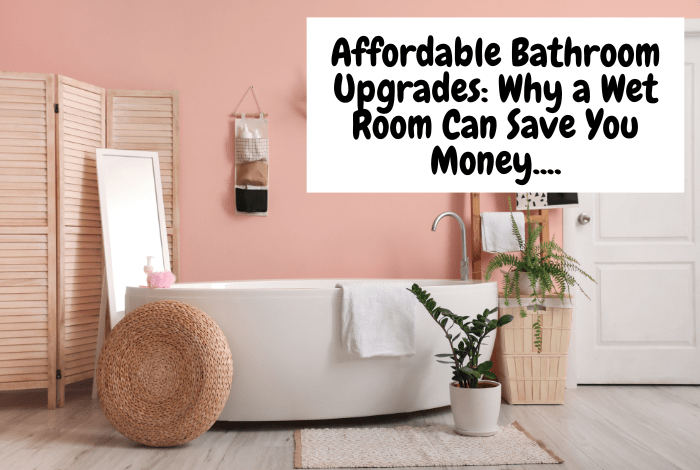When purchasing a new car, there is a lot of excitement around what the car has to offer and there is an eagerness to get on the road and drive.
But, there is an important factor that needs to be considered – your car being stolen or it being written off. This is where Guaranteed Asset Protection (GAP) insurance comes into play.
GAP insurance is designed to cover the “gap” between the amount your standard car insurance will pay out if your car is written off or stolen and the amount you originally paid for the vehicle or still owe on your finance agreement.
What is GAP insurance?
GAP insurance is there to cover the difference between the cost your standard car insurance will pay out in the event of car theft or your car being written off, and the amount of money you originally paid for the car or the amount of money you still owe on the car.
So, essentially, GAP insurance covers the difference between the insurance payout and the amount you either:
1. Paid for the car (Invoice GAP Insurance)
2. Still owe on a finance agreement (Finance GAP Insurance)
3. Would need to purchase a similar vehicle at today’s prices (Replacement GAP Insurance)
The benefits of GAP insurance
There are many benefits of taking out GAP insurance, such as:
1. Protection against depreciation
One of the most significant benefits of GAP insurance is that it protects you against the depreciation of your car. Cars can lose up to 60% of their value within the first three years, with the most significant drop occurring as soon as you drive off the dealer’s forecourt.
If your car is written off during this period, the payout from your standard insurance could be much less than what you paid or what you owe. GAP insurance covers this shortfall, ensuring you aren’t left out of pocket.
2. Peace of mind with finance agreements
If you’ve financed your car through a loan or lease, you could find yourself in a position where the insurance payout doesn’t cover the outstanding finance amount. Without GAP insurance, you would need to continue making payments on a car you no longer own.
GAP insurance alleviates this by covering the remaining balance on your finance agreement, meaning you’re not left paying for a car that’s no longer in your possession.
3. Replacement costs
With Replacement GAP Insurance, if your car is written off, you’re covered for the cost of replacing your vehicle with a similar model at today’s prices, which might be higher due to inflation or market changes.
This is particularly useful if the specific make and model of your car has increased in price since your purchase.
4. Comprehensive coverage for new and used cars
GAP insurance isn’t just for new cars; it’s also available for nearly new and used vehicles. This makes it a versatile product that can benefit a wide range of drivers, whether you’ve just driven your car off the lot or have been driving it for a couple of years.
5. Affordable premiums
Considering the financial protection it offers, GAP insurance is relatively affordable. The cost of a GAP insurance policy is often a small fraction of the potential financial loss you could face if your car is written off.
This makes it a cost-effective way to safeguard your investment, especially when compared to the possible financial burden of continuing to pay off a loan or losing the full amount you paid for the car.
When should you consider GAP insurance?
GAP insurance is particularly beneficial in a situation where you may have purchased a car that will depreciate quickly because it will protect you against any significant loss.
Also, if you have taken out a finance agreement to finance your car, GAP insurance prevents you from owing any more than what the car is worth.
If you’re leasing a car, it is also a good idea to take out GAP insurance as it will cover the outstanding lease payments if the car is written off.
Lastly, if you have just purchased a new car, the depreciation itself makes GAP insurance highly valuable in the first few years.
Things to consider before purchasing GAP insurance
1. Understand your policy: As with any insurance policy, GAP insurance policies can vary, too. You need to be able to understand if there are any limitations or exclusions to the policy and to be able to pick a policy that is best suited to you.
2. Where to buy: You can purchase GAP insurance from the car dealership, but it’s often available at a lower cost from independent insurance providers. It’s worth shopping around to get the best deal
3. Duration of coverage: GAP insurance policies typically last for 1-5 years, so think about how long you’re planning to keep the car and choose a policy that offers you the best coverage for that.
Whether you’ve purchased a new or nearly new vehicle, financed or leased it, GAP insurance provides peace of mind, knowing that you won’t be out of pocket if the worst happens.
By understanding the benefits and choosing the right policy for your needs, you can protect your investment and drive with confidence, knowing that you’re fully covered.
Investing in GAP insurance might not be the most exciting part of buying a car, but it could be one of the most financially prudent decisions you make. For more information on the best GAP insurance quotes, contact Protect Your Family today.
Don’t miss out on future posts like this – receive updates directly to your inbox by email by adding your email address here and hitting subscribe. You can also follow me on Twitter or BlogLovin and I’d love to see you over on my Facebook page and on Instagram. If you’re interested, you can find out more about me here and while I’ve got your attention, if you’re wondering why some of my posts lately are a little bit less frugal then have a read of this post. 😉 This is a collaborative post.








